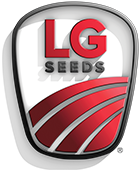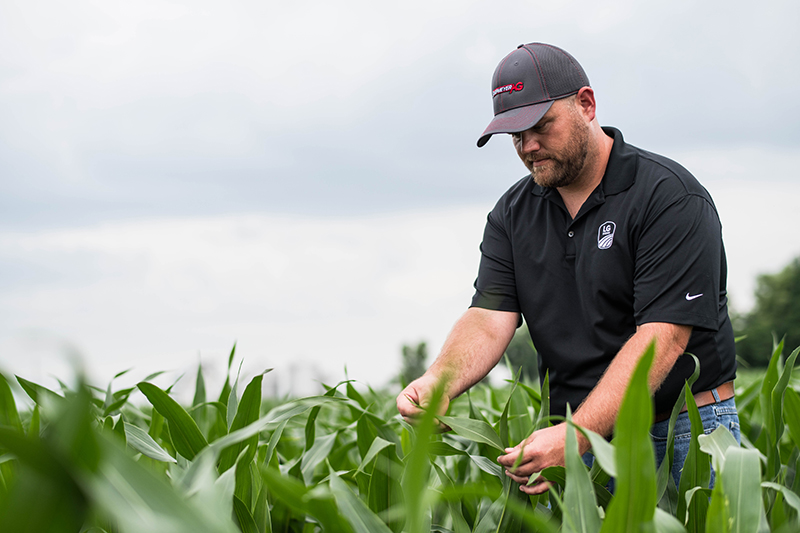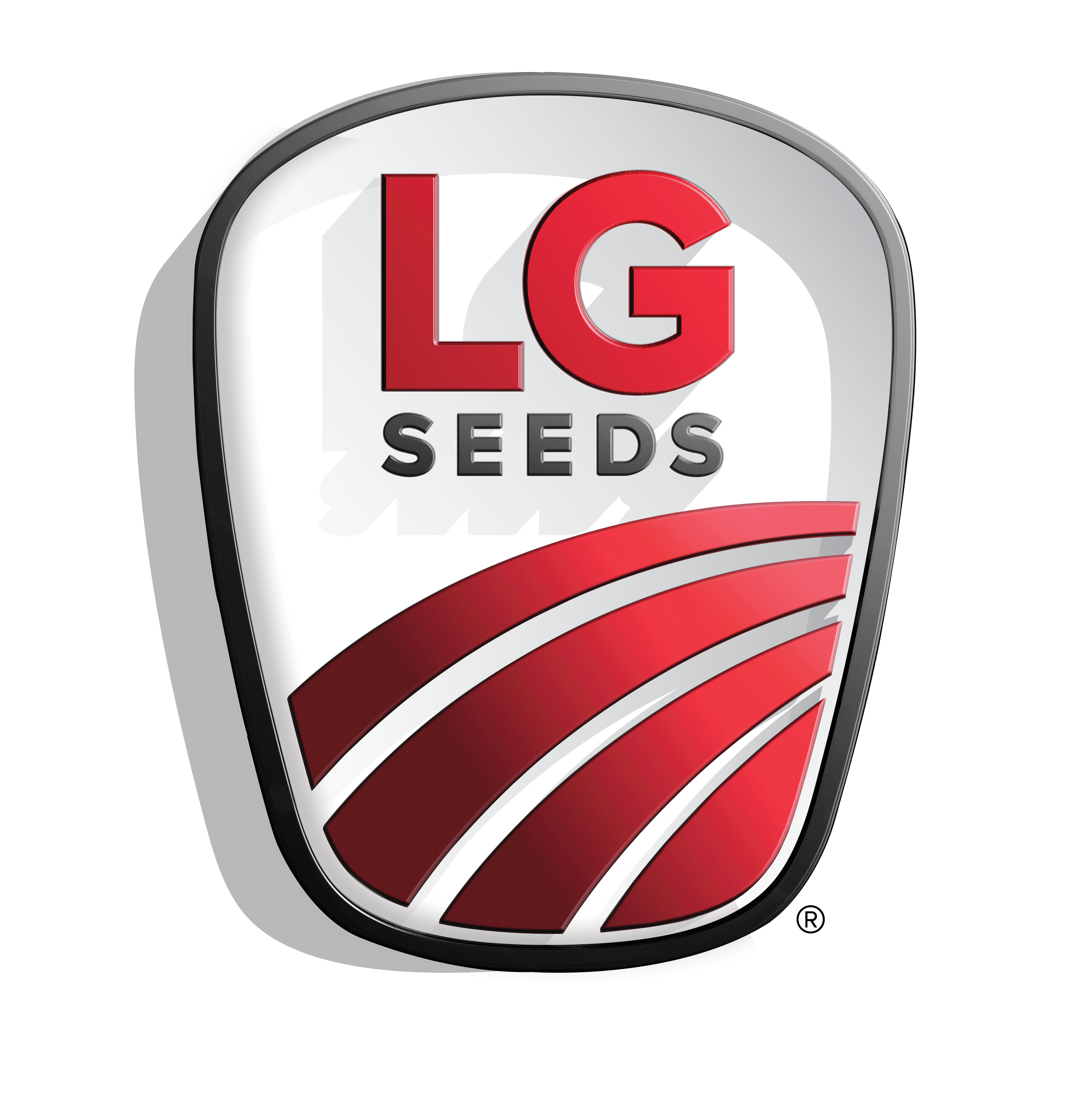AGRONOMICSUPPORT
YOU CAN TAKETO THE FIELD
Anthracnose - Now and Later
 Many growers are still planting both corn and soybeans, but It’s already time for diligent scouting of disease on early planted corn. Much of the corn planted on or around April 22nd is already at V4-V5 stage and should be monitored for Anthracnose Leaf Blight. In fact, it may have been infected as early as emergence and may be identified as uneven, water-soaked lesions.
Many growers are still planting both corn and soybeans, but It’s already time for diligent scouting of disease on early planted corn. Much of the corn planted on or around April 22nd is already at V4-V5 stage and should be monitored for Anthracnose Leaf Blight. In fact, it may have been infected as early as emergence and may be identified as uneven, water-soaked lesions.
The cloudy, wet and warm weather are ideal conditions for anthracnose, particularly on those fields following corn since the fungus overwinters in crop residue. But corn-on-corn fields are not the only suspect fields since anthracnose spreads by both air and water.
 Later in the season, anthracnose can spread to the upper corn canopy while infecting the leaves and will often be visible on the outer stalk as darker lesions as seen in Figure 2. The good news: the presence of this fungal disease does not mean your stalks are completely compromised.
Later in the season, anthracnose can spread to the upper corn canopy while infecting the leaves and will often be visible on the outer stalk as darker lesions as seen in Figure 2. The good news: the presence of this fungal disease does not mean your stalks are completely compromised.
Depending on a hybrid’s disease tolerance to anthracnose, the stalks may stay intact. However, the top die-back is an indication that the disease is present and therefore growers should target those fields (which have senescence) as first harvested in case the stalks have been compromised.
to anthracnose, the stalks may stay intact. However, the top die-back is an indication that the disease is present and therefore growers should target those fields (which have senescence) as first harvested in case the stalks have been compromised.
According to Iowa State University, “The top die-back (Phase 2) stage of anthracnose is the most damaging to yield because of stalk rot and leaf loss. Phase 3 of corn anthracnose occurs late in the season, leading to lodging and harvest problems.
Control of anthracnose can be improved with scouting, application of fungicide at early V5 stage, planting resistant hybrids, rotating crops, burying crop residue and maintaining balanced
 fertility.
fertility.
Cited Sources and Additional Information:
- Agri-Growth, Inc. “Corn Disease Identification Guide”, p. 6
- Iowa State University, “Be Alert for Corn Anthracnose” https://www.cropscience.bayer.us/learning-center/articles/
- Purdue University, “Top Leaf Death or "Dieback" in Corn” R.L. Nielsen http://www.kingcorn.org/news/timeless/TopLeafDeath.html






Technical Team Agronomist